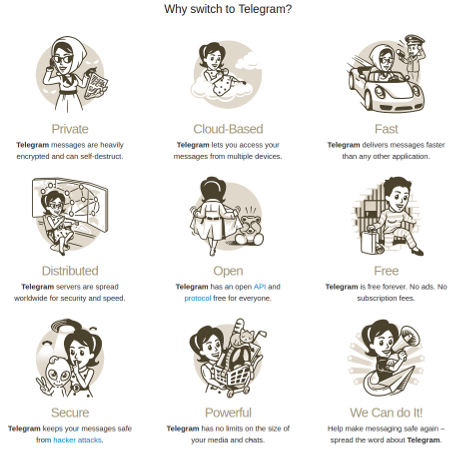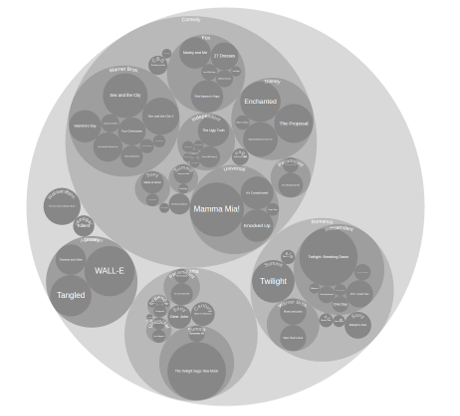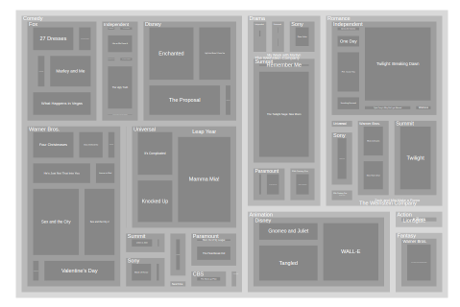ISIS Turns To Telegram App After Twitter Crackdown
From the post:
With the micro-blogging site Twitter coming down heavily on ISIS-sponsored accounts, the terrorist organisation and its followers are fast joining the heavily-encrypted messaging app Telegram built by a Russian developer.
On Telegram, the ISIS followers are laying out detailed plans to conduct bombing attacks in the west, voanews.com reported on Monday.
France and Germany have issued statements that they now want a crackdown against them on Telegram.
“Encrypted communications among terrorists constitute a challenge during investigations. Solutions must be found to enable effective investigation… while at the same time protecting the digital privacy of citizens by ensuring the availability of strong encryption,” the statement said.
…
Really?
Oh, did you notice the source? “Voanews.com reported on Monday.”
If you skip over to that post: IS Followers Flock to Telegram After being Driven from Twitter (I don’t want to shame the author so omitting their name), it reads in part:
…
With millions of IS loyalists communicating with one another on Telegram and spreading their message of radical Islam and extremism, France and Germany last week said that they want a continent wide effort to allow for a crackdown on Telegram.
“Encrypted communications among terrorists constitute a challenge during investigations,” France and Germany said in a statement. “Solutions must be found to enable effective investigation… while at the same time protecting the digital privacy of citizens by ensuring the availability of strong encryption.”
…
On private Telegram channels, IS followers have laid out detailed plans to poison Westerners and conduct bombing attacks, reports say.
…
What? “…millions of IS loyalists…?” IS in total is about 30K of active fighters, maybe. Millions of loyalists? Documentation? Citation of some sort? Being the Voice of America, I’d say they pulled that number out of a dark place.
Meanwhile, while complaining about the strong encryption, they are party to:
detailed plans to poison Westerners and conduct bombing attacks, reports say.
You do know wishing Westerners would choke on their Fritos doesn’t constitute a plan. Yes?
Neither does wishing to have an unspecified bomb, to be exploded at some unspecified location, at no particular time, constitute planning either.
Not to mention that “reports say” is a euphemism for: “…we just made it up.”
Get yourself to Telegram!


They left out my favorite:
Annoy governments seeking to invade a person’s privacy.
Reclaim your privacy today! Telegram!
Caveat: I tried using one device for the SMS to setup my smartphone. Nada, nyet, no joy. Had to use my cellphone number to setup the account on the cellphone. OK, but annoying.
BTW, on Telegram, my handle is @PatrickDurusau.
Yes, my real name. Which excludes this account from anything requiring OpSec. 









